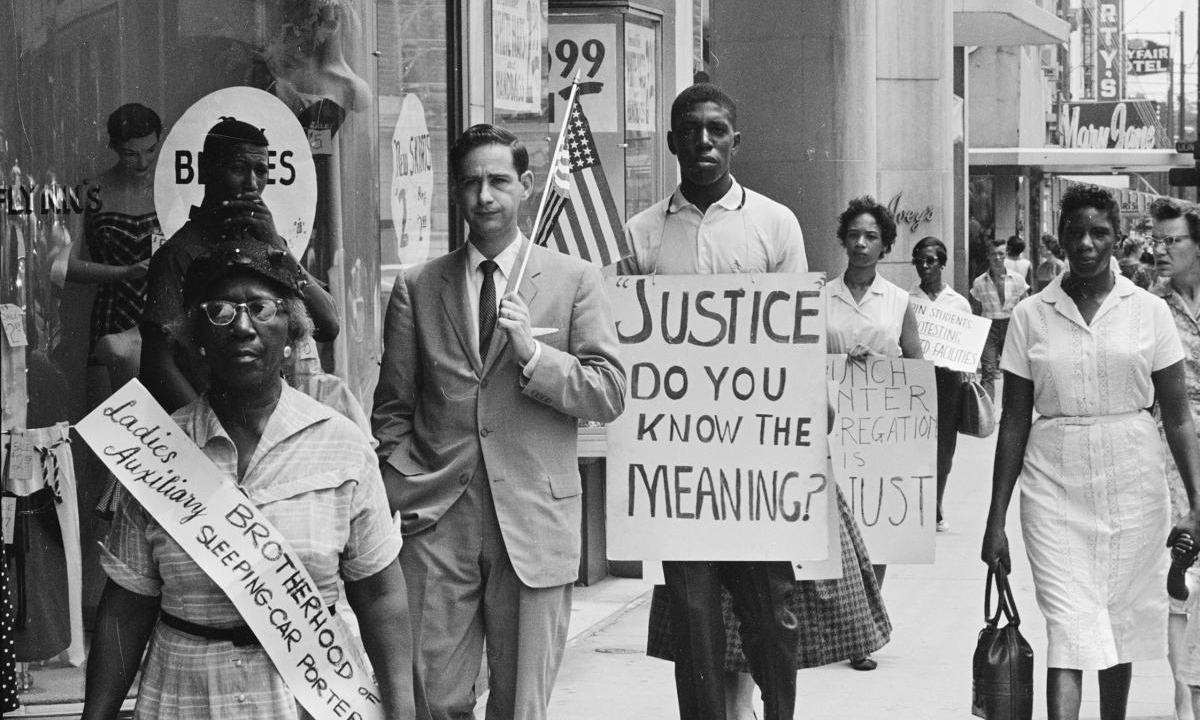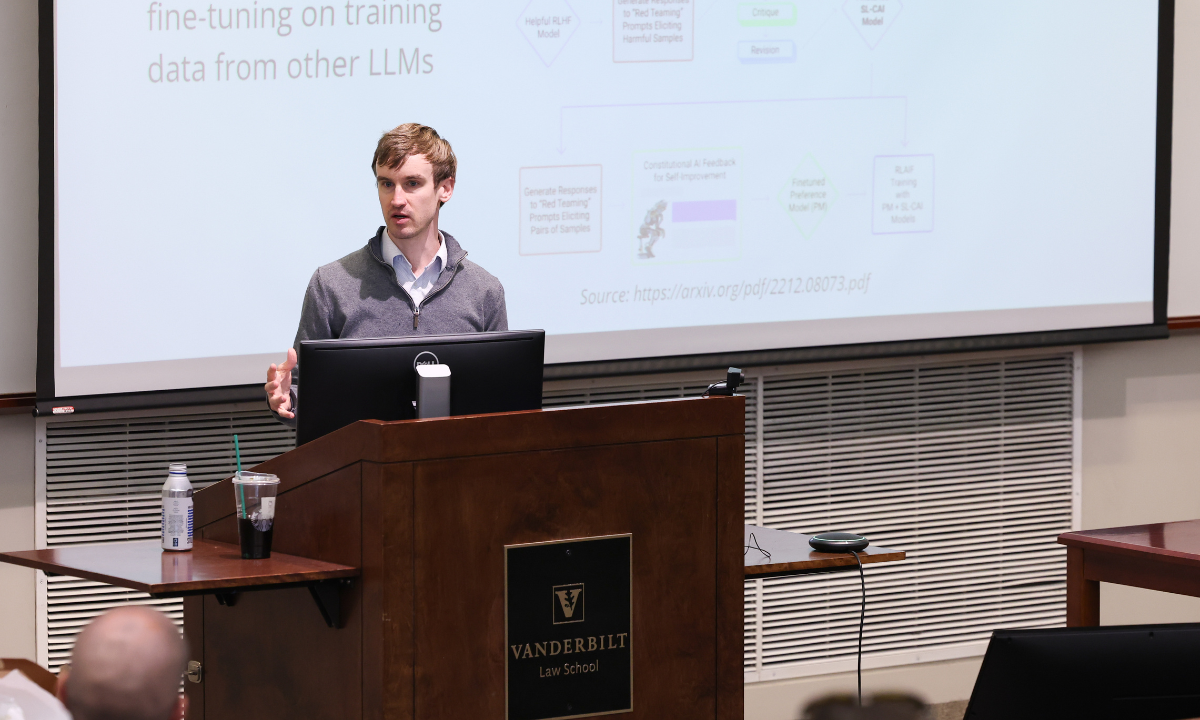Nicole Langston paints a stark picture of how inequities in the U.S. Bankruptcy Code result in what she terms “inconsistent” debt relief to consumers who file for bankruptcy protection in her 2023 California Law Review article, “Discharge Discrimination” (111 California Law Review 1131).
Langston reveals that some types of debt due to misconduct, such as civil awards to victims of employment discrimination, unpaid wages, discrimination, sexual harassment, or police brutality, can be forgiven if the individual ordered to pay the victim a settlement files for bankruptcy, while other types of debt, including civil and criminal fees owed to government entities and student debt, are never eligible for bankruptcy forgiveness.
In addition, when debt due to police, employer, or individual misconduct is discharged through a bankruptcy filing, the onus is then on the victim to prove the debtor’s conduct was “willful and malicious” in order to collect their debt, a daunting legal battle that few have the resources to fight.
Langston argues that the Bankruptcy Code also disadvantages individuals whose debts are not eligible for bankruptcy relief because they lose access to the only process that offers a pathway out of crushing debt they cannot afford to pay.
In her paper, she notes that a major purpose of eliminating bankruptcy protection for certain types of debt, such as penal fees, is to avoid allowing “culpable individuals, like those holding debts from criminal fines, to receive debt relief through the bankruptcy system.” However, while offering debt relief for criminal fines might appear to allow bad actors to use bankruptcy to avoid paying debts related to their misconduct, Langston points out that “penal debt is not always based on culpability and can stem from something as innocuous as…parking tickets.”
The inequities imposed by the Bankruptcy Code are particularly striking for incarcerated individuals.
“Inside the prison system, the procedural dichotomy of the debt relief provisions is blatant. Correctional officers can use the bankruptcy system to discharge civil rights claims brought by incarcerated individuals. …In contrast, incarcerated individuals are often saddled with various debts that cannot be forgiven in bankruptcy because they fall under the discharge exception for penal debt stemming from court-imposed fees, costs, and expenses,” Langston writes.
In addition, she contends, our current Bankruptcy Code permits some individuals to be relieved of debts resulting from misconduct for which they have been found liable, such as police officers who owe financial settlements to victims of civil rights violations and employers who sexually harassed employees.
Langston addresses the tension between the traditional understanding of the bankruptcy system as a “social safety net” designed to give Americans overwhelmed by debt a fresh start and the government’s need to manage financial risks for creditors and all consumers.
However, she writes, “The risk-sharing justification for dischargeability seemingly collapses when the discharge of civil rights and employee protection violations are examined. These are debts that an individual perpetrator owes to their victim, and…the discharge of this debt can leave the victim in a worse economic state. The risk-spreading justification shows that the discharge of these debts creates costs that the victims of these actions bear.”
Langston concludes that, if the goal is to ensure that individuals cannot file for bankruptcy to rid themselves of debt they incurred through misconduct, “this mechanism has not been applied equitable across all culpable conduct. Therefore, culpability should not be a bar to debt forgiveness.”
The code also singles out student debt, which is unrelated to criminal culpability, as ineligible for bankruptcy relief.
Langston proposes reforms to the Bankruptcy Code that include making penal debt and student loans eligible for forgiveness, “just like every other unsecured consumer debt.”
Her article emphasizes that a bankruptcy system that selectively identifies certain forms of debt as “nondischargeable” will inevitably disadvantage marginalized individuals who have the greatest need for debt relief.
“In an ideal system,” Langston writes, “there would not be any nondischargeable debt. If an individual cannot afford to pay their debts, there is not a compelling economic reason to keep them indebted.”


